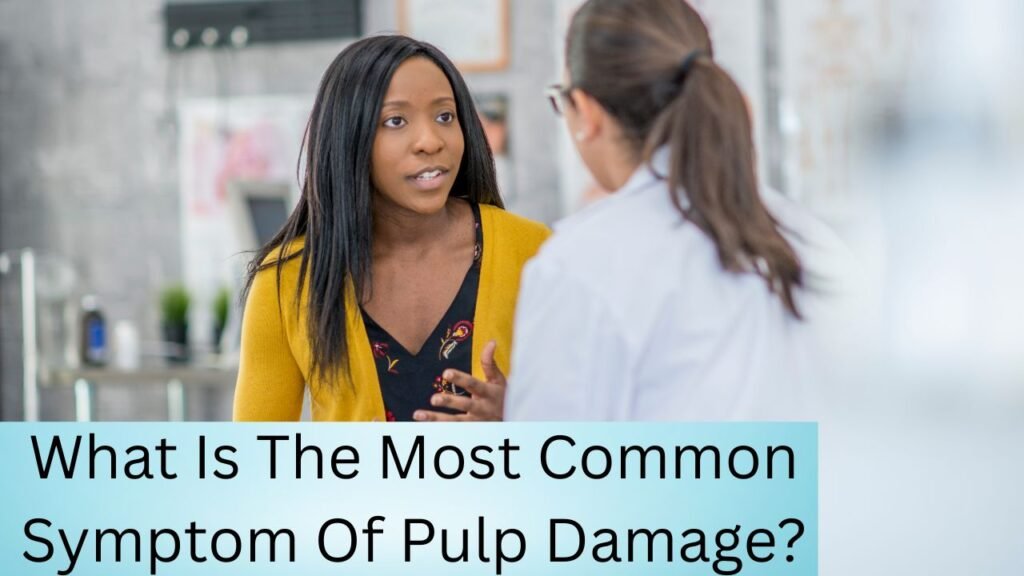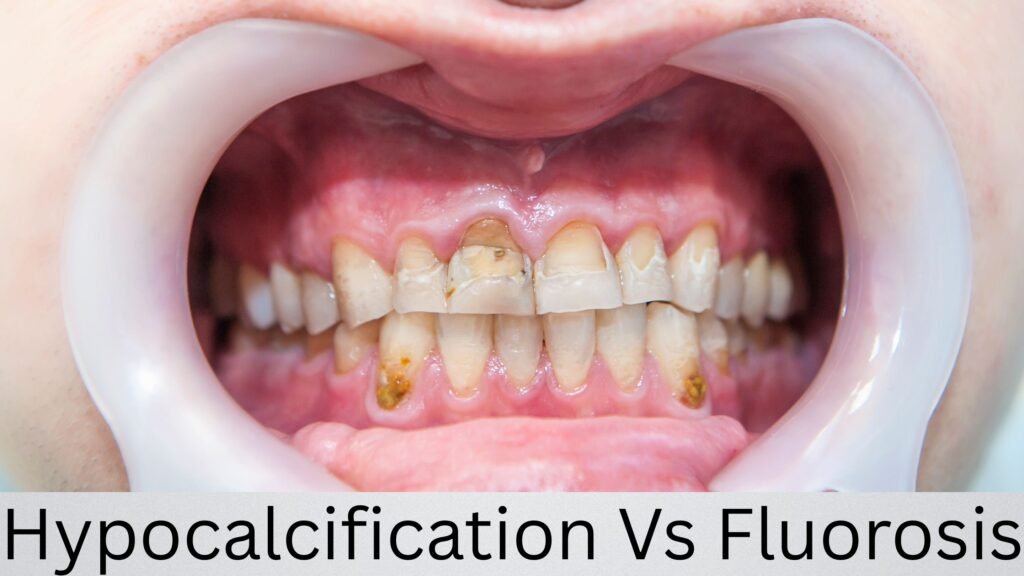What Is The Most Common Symptom Of Pulp Damage?
So, you’re sitting there with this strange, deep tooth pain that won’t go away. It’s not just annoying—it’s throbbing. If that sounds like what you’re feeling, let’s not sugarcoat it:A throbbing toothache is the most common symptom of pulp damage. Yep, that deep, pounding sensation in your tooth? That’s often your body’s way of warning […]








